Dunino, Zvenigorod and Moscow
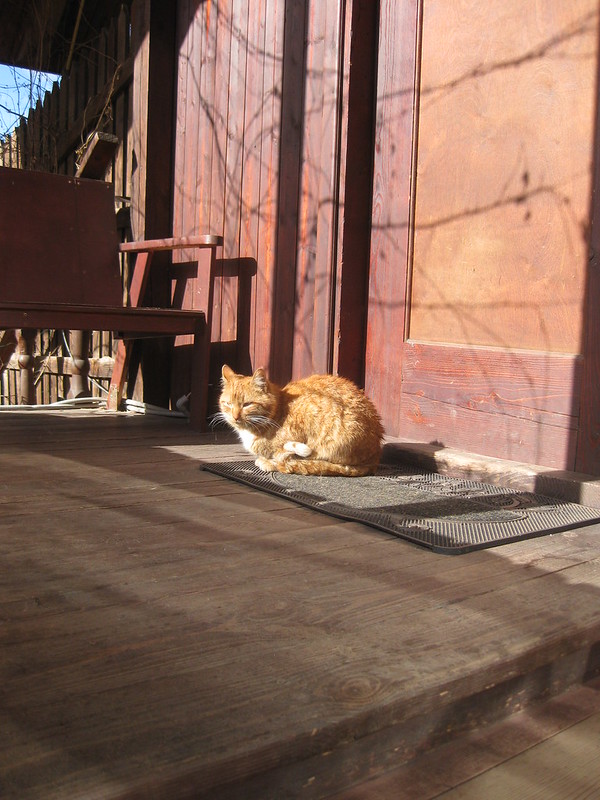
This time Moscow has shown to me its private side. First, though, we had to ride next to the outrageously high fences rising along the posh Rublevskoye highway where all those who have money and an urge to make everyone know about it have their dacha or home.
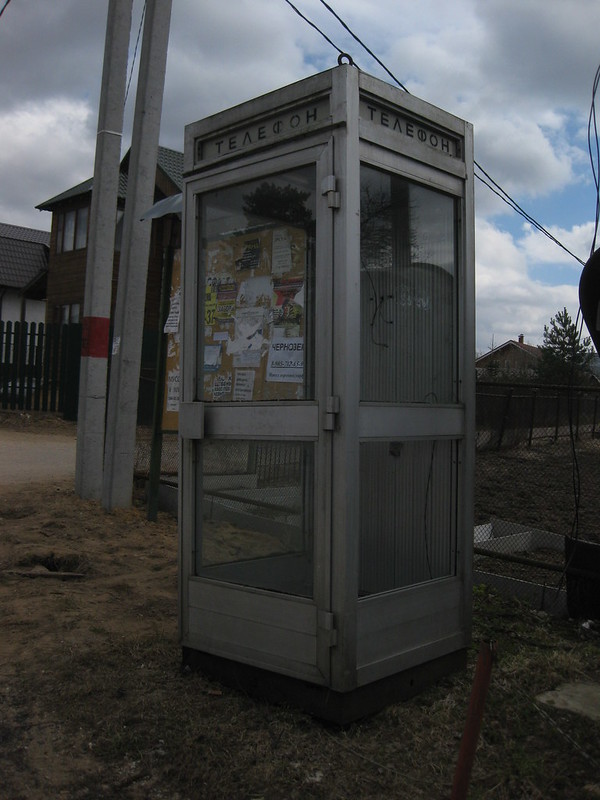
And then all of a sudden you get to this tiny road with low fences, out-of-use phone booths and cars growing into the soil. By the way, the spot with the phone booth out-of-use and a new one in-use, seems to be also the one either with a better mobile reception or with too many phone-calling memories attached as we spotted 2 people simultaneously talking on their phones right there.
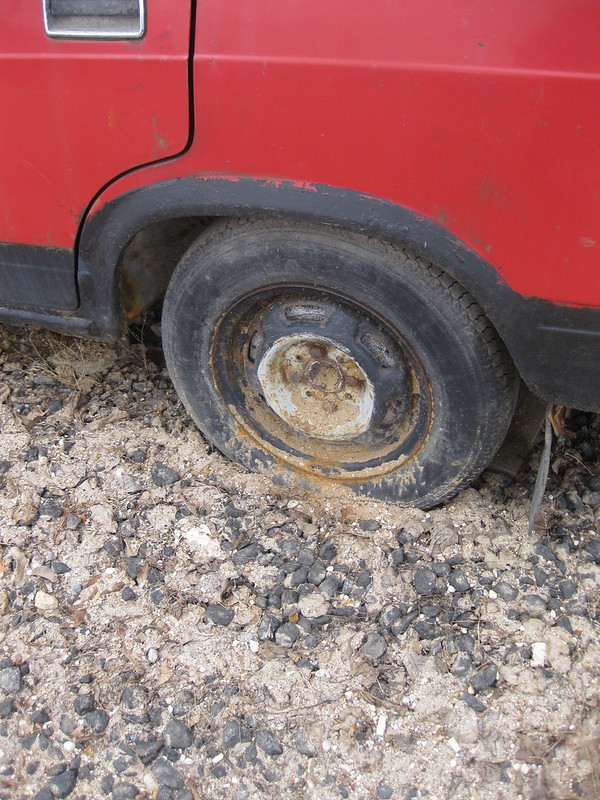
But we were actually after the place where one of my favourite personalities of the 20th century lived, the Russian writer Mikhail Prishvin. He bought a house here in Dunino in Podmoskovye (the Moscow region) after the war and settled here with his wife and dog(s).

Here, who would believe this is the same Moscow river as that wide highway running through the capital, near the Red Square and the Stalin’s skyscrapers?

Life is so calm and unpretentious in Dunino. It’s obvious why Prishvin with his love for nature and simple life would move here and come to Moscow only when his car would break down 🙂

Mikhail Prishvin lived here with his second wife who was his real soulmate, although 26 years younger than him. They found each other when Prishvin was 67, just before the war. This cozy house is just impregnated with the love they shared.
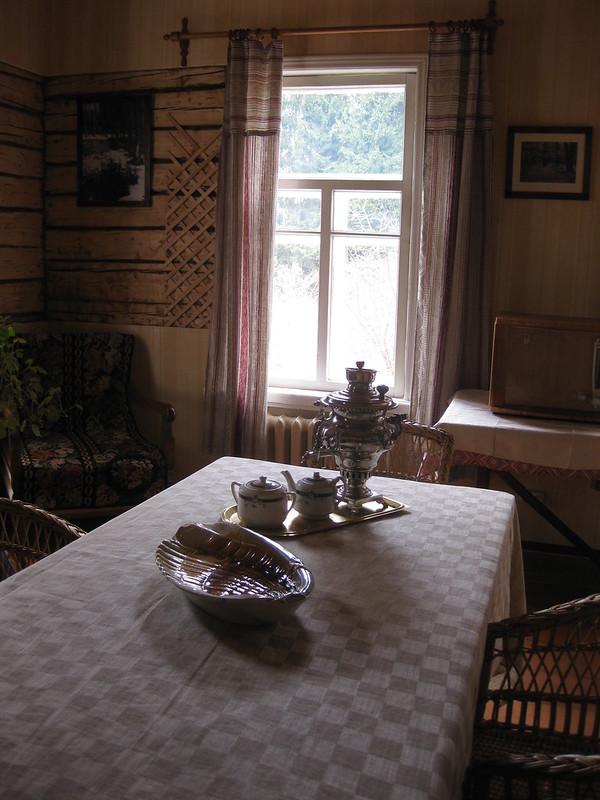
I’ve been reading his diaries recently, not in the chronological order though. I started with the torturous 1930-31 and now moved on to the after-war 1948-49.
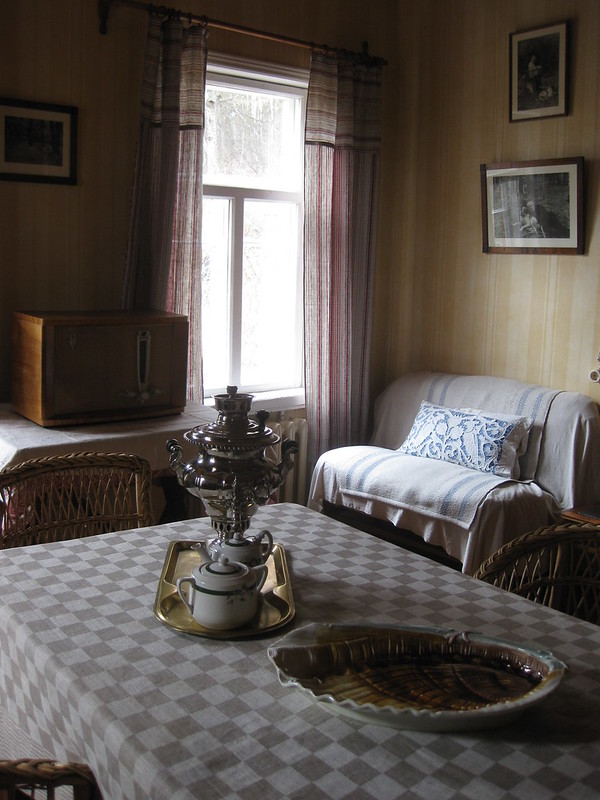
Reading his daily musings and piercing thoughts about his country, about life and just about everything, makes you understand the very truth of his saying that for every line of his diary he could as well have got 10 years of execution.

The house and the garden with beehives and many trees are very peaceful and as if waiting for their master to come back from the usual hours-long walks in the forest.

Best-known in Russia for his short stories about nature and animals (and thus mostly read only in childhood), Prishvin as a writer, as a thinker, as a skillful photographer, was so very beyond this ‘tagline’ that persists today. Just read his Ginseng novel: yes, it’s so very romantic and out-of-place (written in the early 1930s and published in 1933 when the country was preoccupied with very different things like labour camps etc) but so very poignant, so philosophical (in a good way).

I’m glad that writing a master’s thesis on this very novel did not ruin my love to the writer. I’m still discovering the treasure he left behind him, reading his diaries as real revelations of the era. Prishvin outlived Stalin for just 1 year but considering the things he dared to think and write down (though without publishing of course, his diaries only came to the public in the 1990s), he was way too lucky.
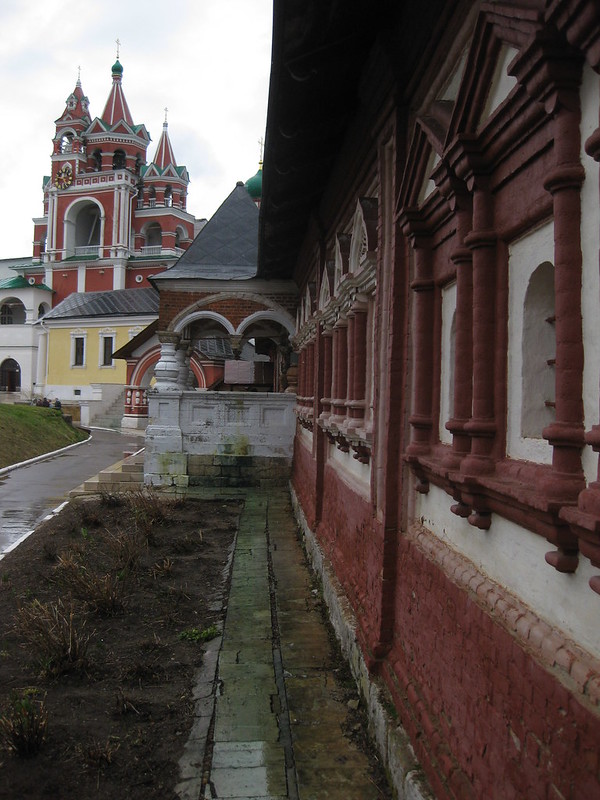
Our next stop was in Zvenigorod where Prishvin used to walk sometimes. Under torrents of rain we ran into the Savvino-Storozhevsky Monastery which houses a local museum as well as executing its original functions.
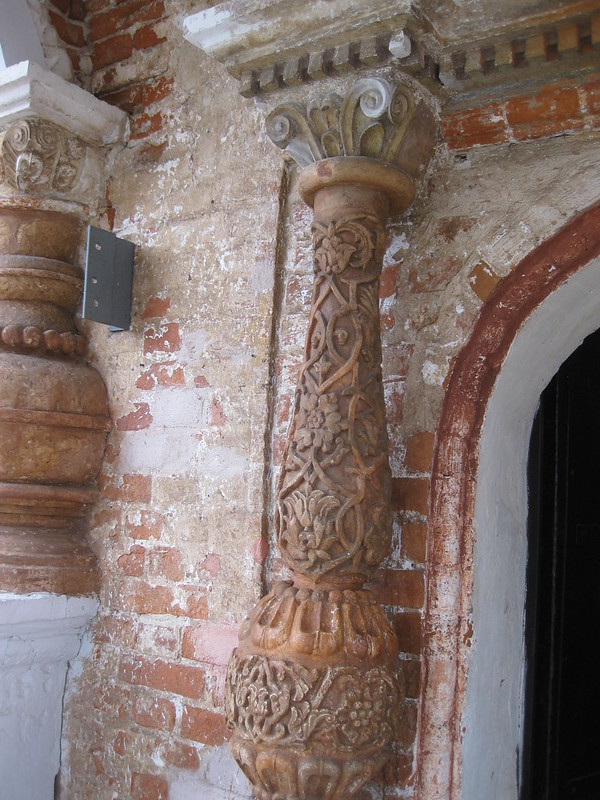
This monastery founded in the 14th century was pretty famous and quite rich in the old days. Now it looks a bit shabby but obviously gets its fair share of tourists and pilgrims who willingly buy bread (each of the items seems to be called Monastery-soemthing) and kvas.
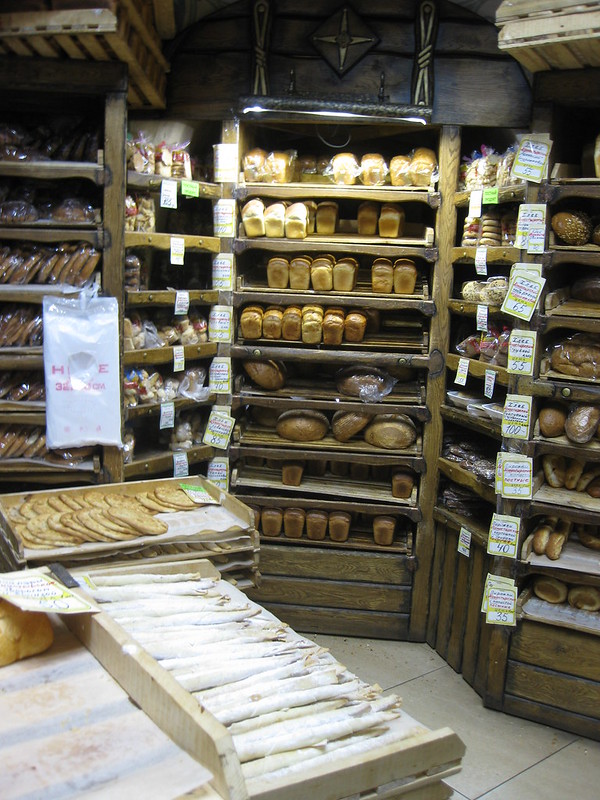
We spent quite a bit of time at the bread store but we also visited the museum which is divided into several section. With every new section we entered, the weather would change to the better. When we went out of the last one, the sun came out and the rain stopped.

The sun finally opened my eyes to the surroundings and I regained interest in taking photos and in general looking out of my hood 🙂
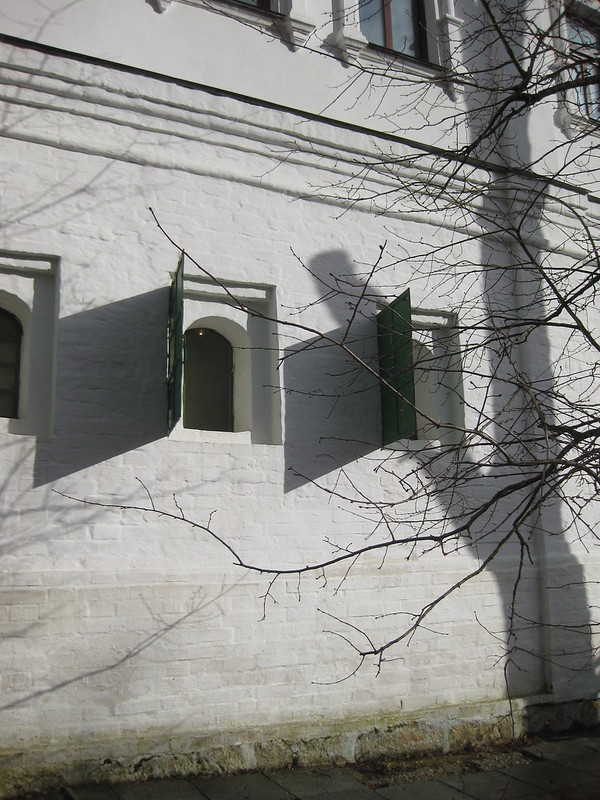
The spring always comes to Moscow earlier than to St Petersburg which is always lagging behind. My eyes were happy to see some bright green colors:
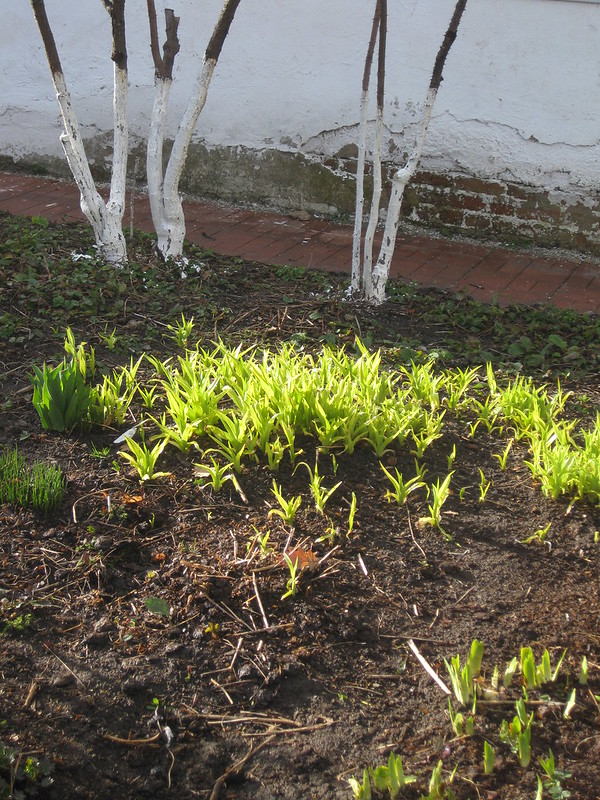
By the time we went into the bread store and the cafe, it was all very fine. But when we were sitting in the cafe…
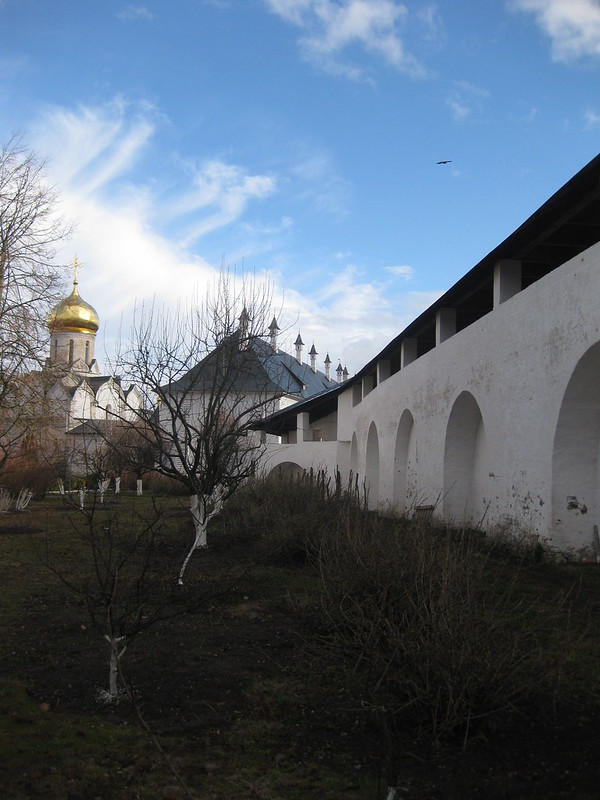
The rain started again – this time it was recklessly pouring onto the surrounding hills and fields regardless of the shining sun. Here’s how it was:
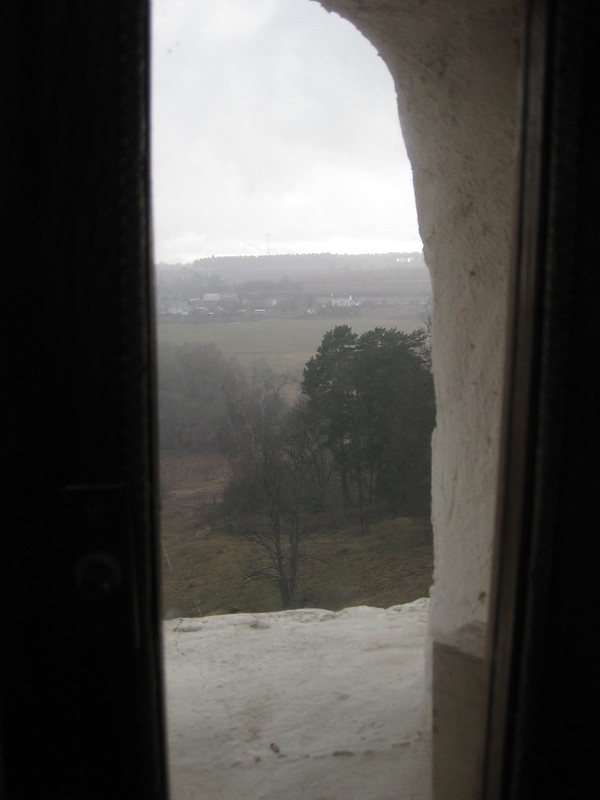
Our last stop before returning to Moscow was an old church hidden somewhere off the busy roads. It was unfortunately all covered in scaffolding so I took a photo of this small house instead. The street is called Gorodok, which is a diminutive of a city or town.
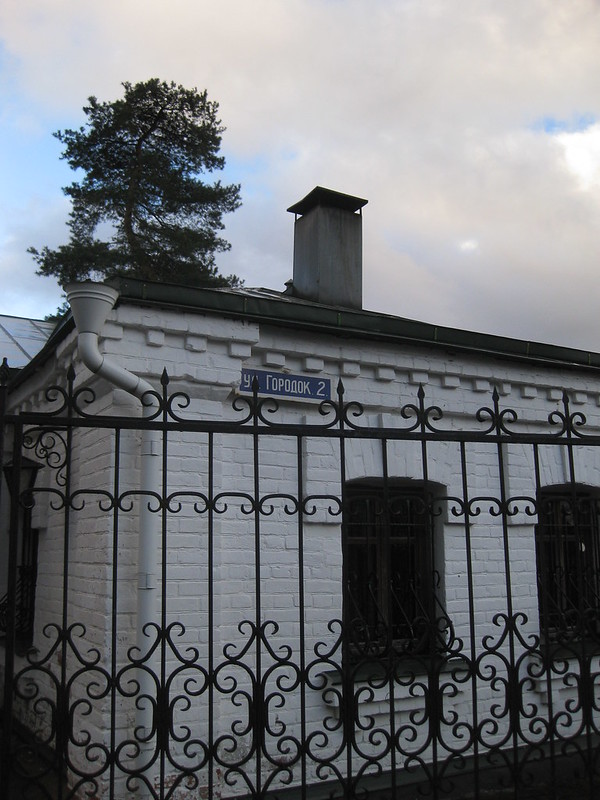
Next morning we went to the recently-opened Museum of Russian Impressionism (yes, it does exist!) where we recharged our batteries with sun-lit paintings some of which were from Armenia (and were really good). After that we went to see one of the atypical places in the enormous capital, Sokol or the settlement (village) of artists.
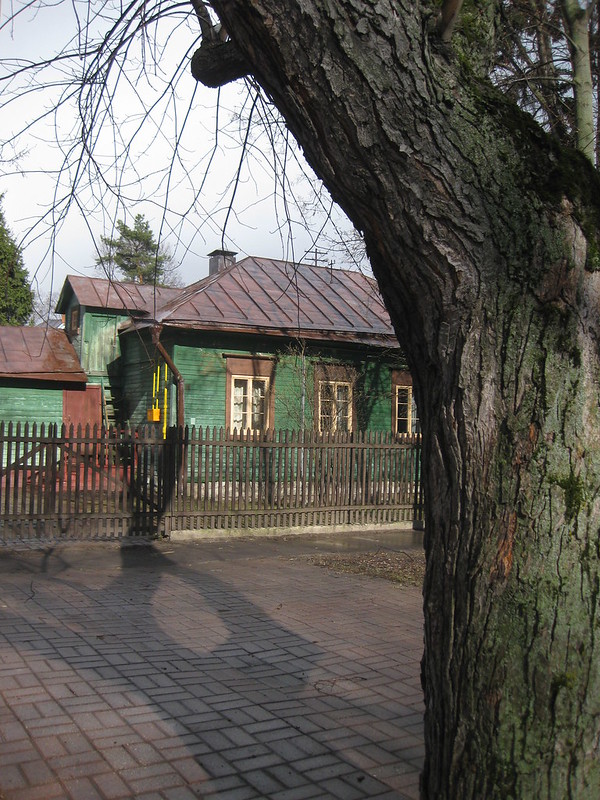
Rising up in the background of this photo is a nearby residential house and it’s a tricky question what seems to be more out of place: this high-rise monster or this village with tiny wooden houses? Although they say it is much more expensive to buy any of these houses than a pretty posh apartment in the center.
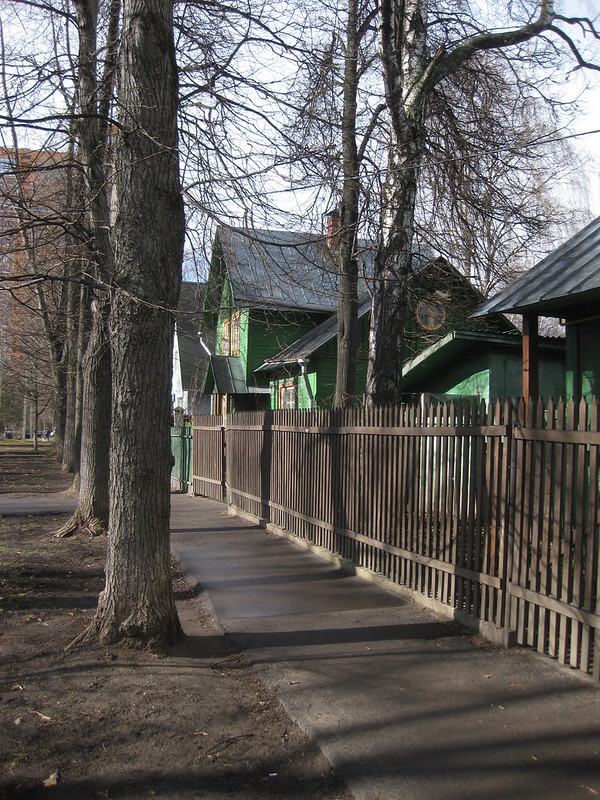
The history of this unexpected village planted right in the middle of a ‘normal’ high-rise Moscow district is quite recent: it began in 1923 when the ideas of a garden city were in the air (including St Petersburg, then Leningrad) and so a community of artists, scientists and other intelligentsia were granted the right to use the land. The streets of this village are named after famous Russian artists, although they say not many artists live here now. It still preserves an atmosphere of an ordered village but the ever-present fences do not allow you to see many of the houses.
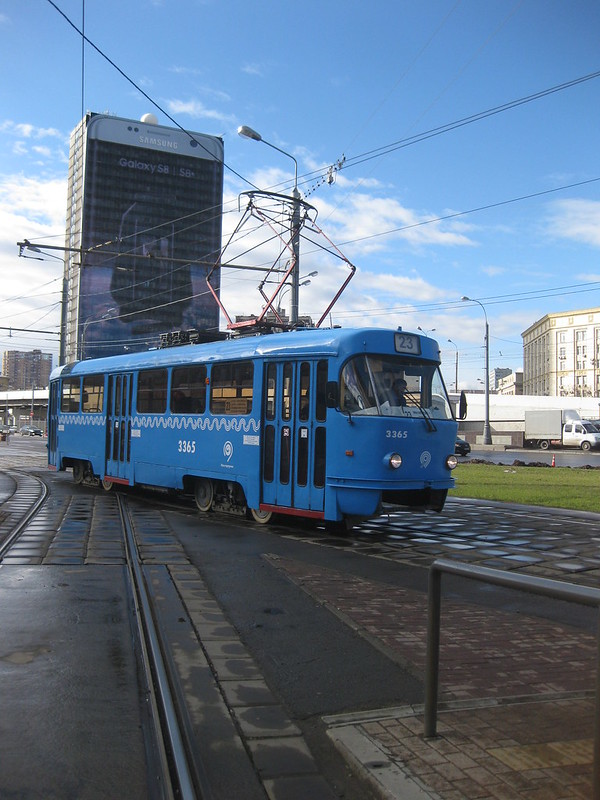
We left the district on this bright blue tram. Seems so out-of-place in a more-than-busy capital like Moscow, doesn’t it? And yet the line crosses streets and parks and many people do still prefer this means of transport as it takes them to those hidden places where people actually live.
I really enjoyed this private side of Moscow!
This post goes to the Travel series where you can find more posts on Moscow under ‘Russia’.
G.
